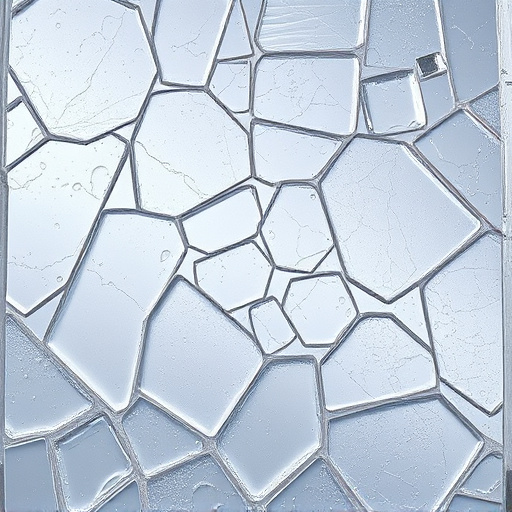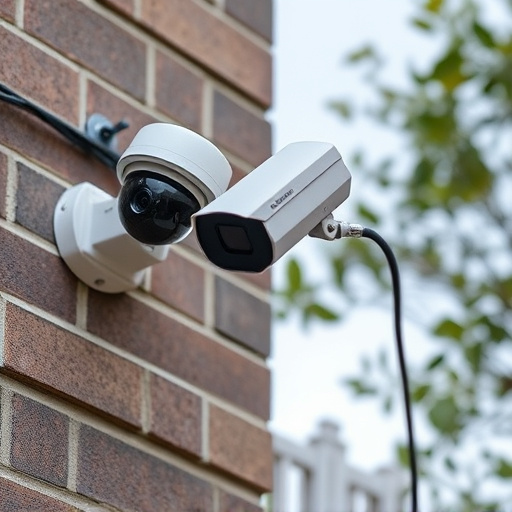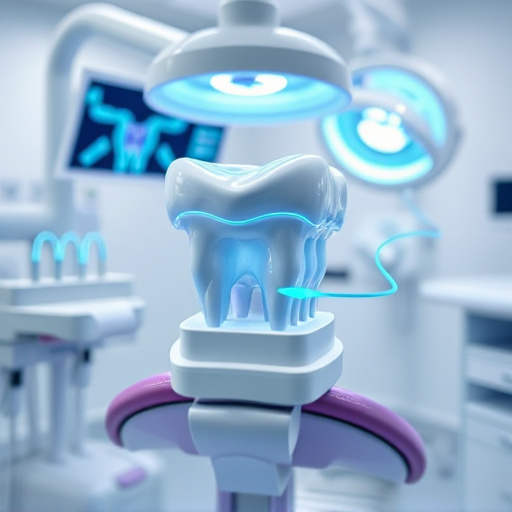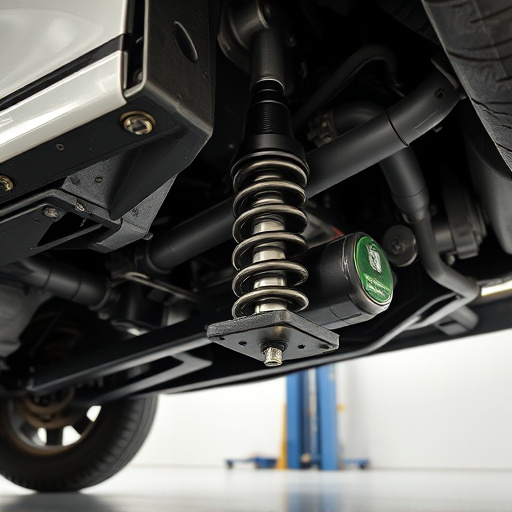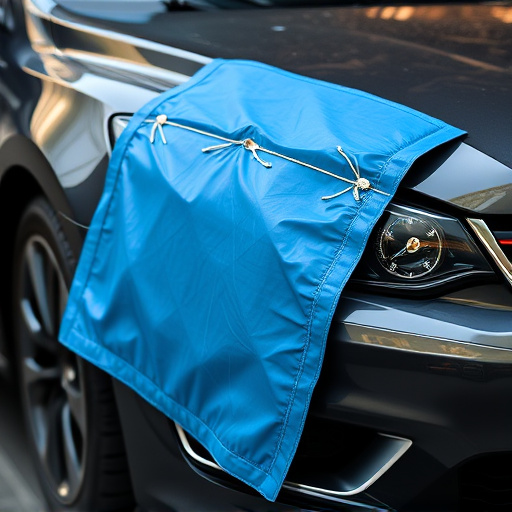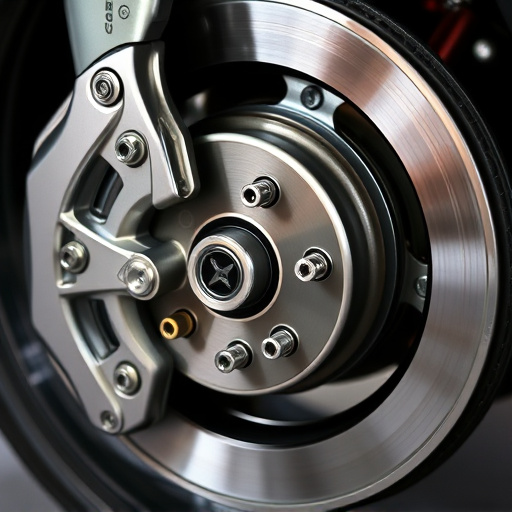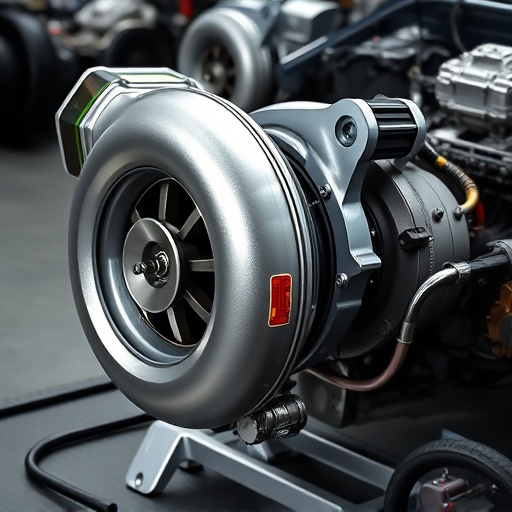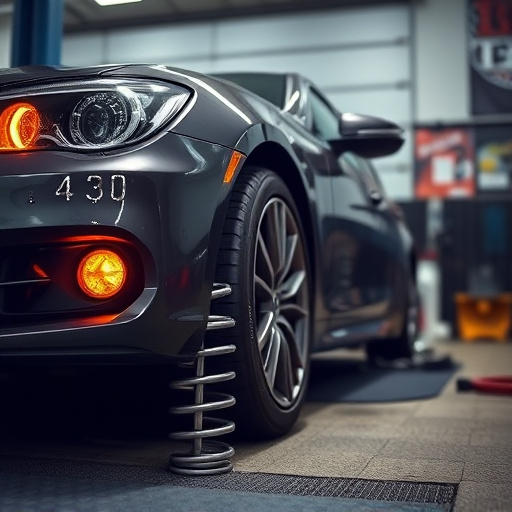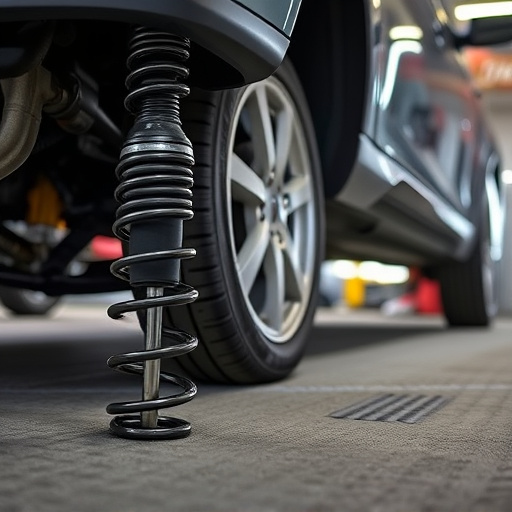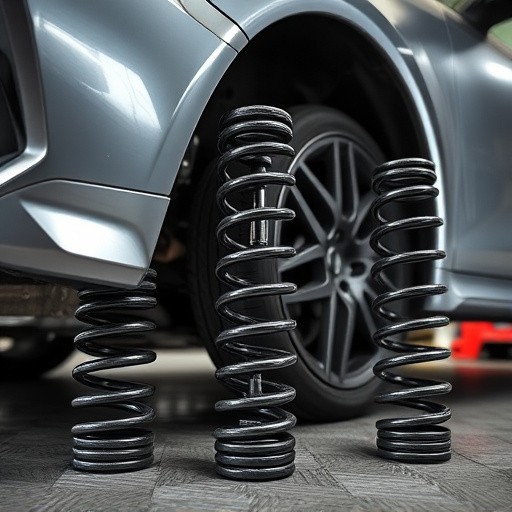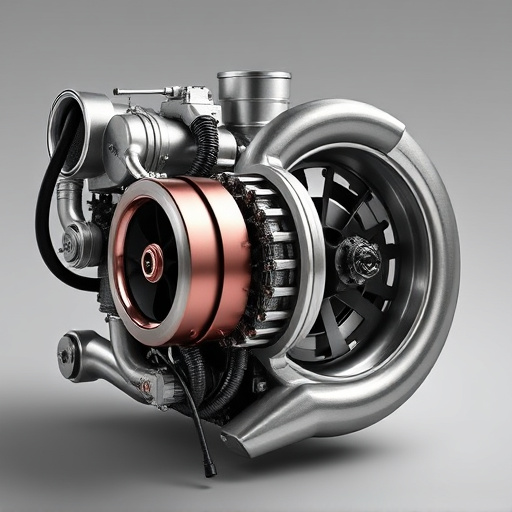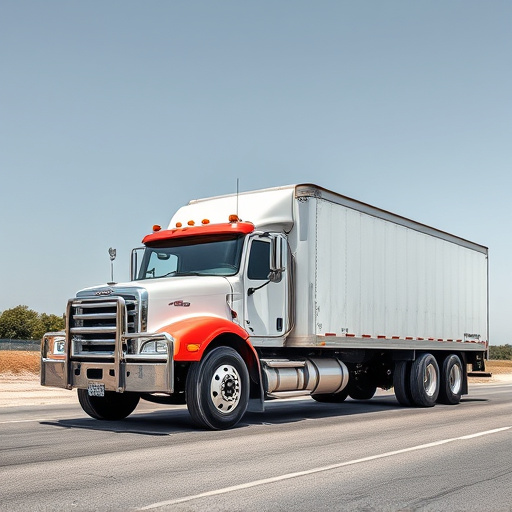Before replacing a clutch and flywheel kit, assess vehicle performance, prepare tools and parts, follow a comprehensive guide emphasizing safety, and maintain for improved efficiency.
Planning a DIY clutch and flywheel kit change? Before you begin, assess your vehicle’s performance history, as signs of wear or poor performance may indicate a need for an upgrade. Gather essential tools and parts, including a new clutch and flywheel kit compatible with your make and model. Our step-by-step guide ensures safe, precise installation while empowering you to take control of your automotive maintenance.
- Assess Vehicle Performance and History
- Gather Necessary Tools and Parts
- Step-by-Step Guide to Installation and Safety Precautions
Assess Vehicle Performance and History
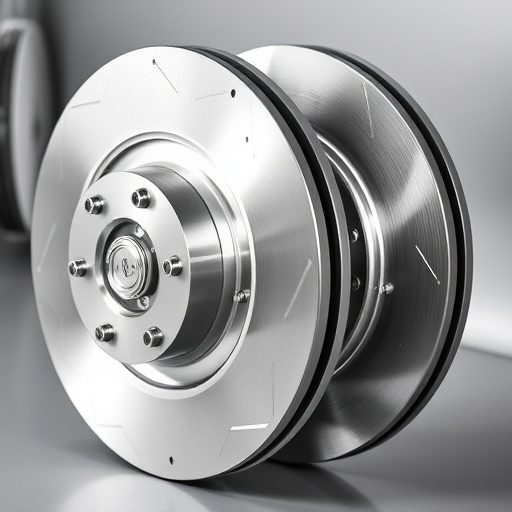
Before diving into the process of changing your clutch and flywheel kit, it’s crucial to assess your vehicle’s performance and history. Regularly monitoring how your car handles on the road is a good starting point. Look out for signs like unusual grinding or chirping sounds when shifting gears, which could indicate wear and tear in the clutch system. Moreover, checking for any leaks around the engine, especially those that might be related to hydraulic systems, can provide valuable insights into potential issues.
Consider your vehicle’s age and mileage as well. As vehicles age, certain components like brake components, cold air intakes, or performance exhausts may also require attention. If you’ve recently noticed a decline in fuel efficiency or acceleration, it might be worth investigating whether a clutch and flywheel kit replacement is necessary to restore optimal performance.
Gather Necessary Tools and Parts
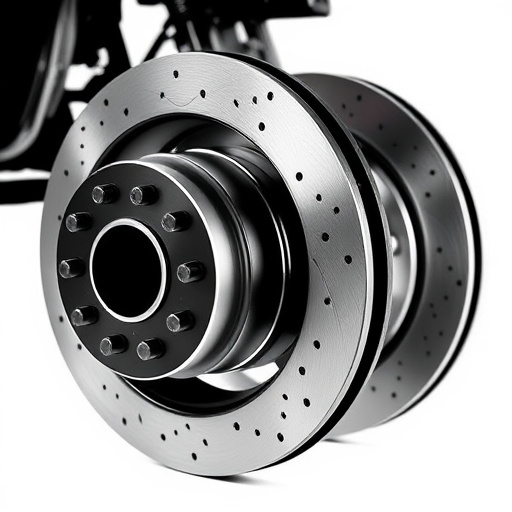
Before you begin the process of changing your clutch and flywheel kit, it’s crucial to gather all the necessary tools and parts. This includes a new clutch kit, which typically consists of a replacement clutch disc, pressure plate, and throw-out bearing, as well as a new flywheel. Don’t forget essential tools like socket sets, wrenches, jack stands, and a new set of muffler tips or exhaust tips if your old ones are worn out. Coilover kits might also be required for precise suspension adjustments during the process. Ensure everything is in good condition and compatible with your vehicle’s make and model before proceeding.
Once you have all the required components, create a workspace that allows easy access to the clutch assembly. Gather the tools needed to safely lift and support the vehicle, as this task often involves working under the car. Double-check that you understand each step of the process, as a well-planned and organized approach will make the repair more efficient and reduce the risk of damage or injury.
Step-by-Step Guide to Installation and Safety Precautions
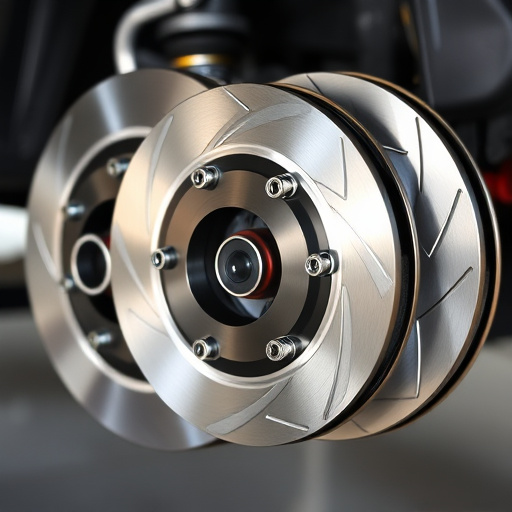
Step-by-Step Guide to Installation and Safety Precautions
When preparing your vehicle for a clutch and flywheel kit change, safety should be your top priority. Begin by jacking up your car and securing it on wheel chocks to ensure stability during the process. Next, locate and remove the old clutch and flywheel components, taking note of any wear or damage. This step requires careful disassembly, following the manufacturer’s instructions precisely to avoid complications. Once the old parts are removed, clean the engine bay thoroughly to prevent debris from interfering with the new kit’s installation.
Proceed to install the new clutch and flywheel kit in a systematic manner. Ensure all components fit securely and are properly aligned. Replace any associated parts like pressure plates, throw-out bearings, and pilot bearings as recommended by the manufacturer. After assembly, check for any leaks around the fluid lines and top up with the appropriate hydraulic fluid. Before starting the engine, double-check all bolts and connections to maintain optimal performance. Remember, a well-maintained clutch and flywheel kit not only enhances driving experience but also contributes to better fuel efficiency, particularly when combined with upgrades like cold air intakes, air filter kits, or cat back exhaust systems.
Preparing your vehicle for a clutch and flywheel kit change involves careful assessment of its performance and history, ensuring you have all the necessary tools and parts, and following a step-by-step guide with strict safety precautions. This process is a game changer in maintaining optimal vehicle performance, extending the life of critical components, and ensuring a smooth driving experience. Remember, a well-maintained clutch and flywheel kit can significantly enhance your vehicle’s overall durability and efficiency.
